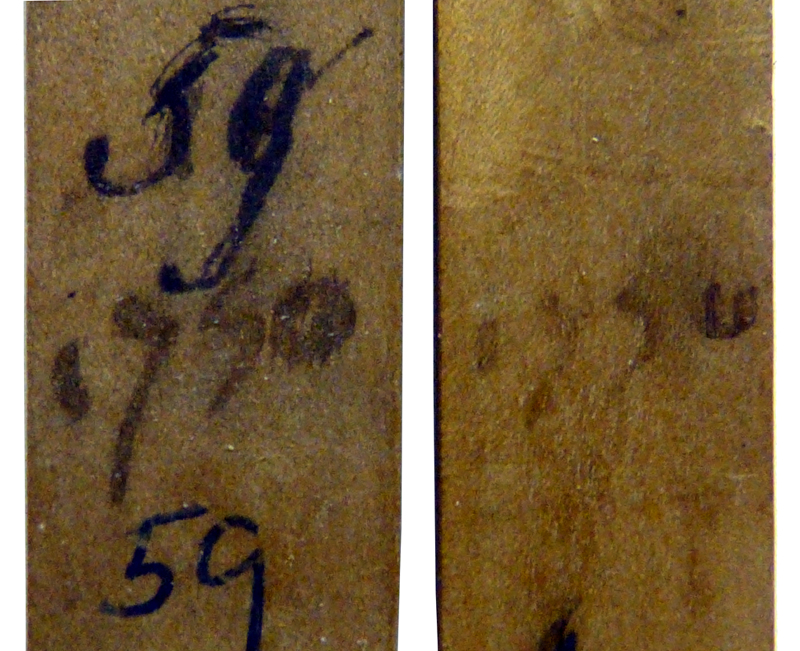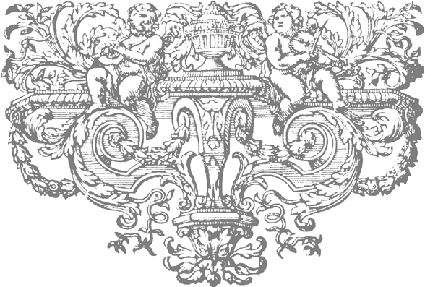![]()
A Franco-Flemish double-manual harpsichord,
![]()
Franco-Flemish harpsichord jacks dated 1750.
|
A Franco-Flemish double-manual harpsichord,
Franco-Flemish harpsichord jacks dated 1750. |

The date 1750, written with quill and ink, on the jacks of 2 of the 3 rows both of which have 58 notes. These 58 jacks correspond to the first ravalement compass of F1 to d3.
The numbers on the left-hand jack in blue ink are modern, the lower number clearly in blue biro (ball point) pen probably dates to the 1970 'restoration' by Roberto de Regina in Buenos Aires. The row number of the jack - unseen here and much lower down the jack is also written in quill and ink - is '1' on the left-hand jack, and this corresponds to the near, first row of left-plucking upper-manual jacks. The number of the jack appears to be '59', but this has been altered and, seen in natural light, the jack number at the top is clearly '58' and not '59'.
The row number (also not seen here) of the right-hand jack has been written on the jack by a modern restorer as '2', although it is almost certain that this row was originally the third row of jacks plucking the long 8' set of strings. The row of 4' jacks (nominally row '2', but marked as row '3') does not appear to have a date since both the bottom jack and jack 58 of this row have been replaced or altered beyond recognition.
What is most important is that one each of the top and bottom jacks survives from the F1 to d3 compass. This is clearly the date of the bass addition to the spine side of the instrument, and this also gives the date of the majority of the decoration, part of which covers over the bass side additions and includes the spine decoration, precisely as 1750.
Return to the section on the eighteenth-century history of the Franco-Flemish harpsichord
Return to the section on the description of the Franco-Flemish harpsichord
 a
a